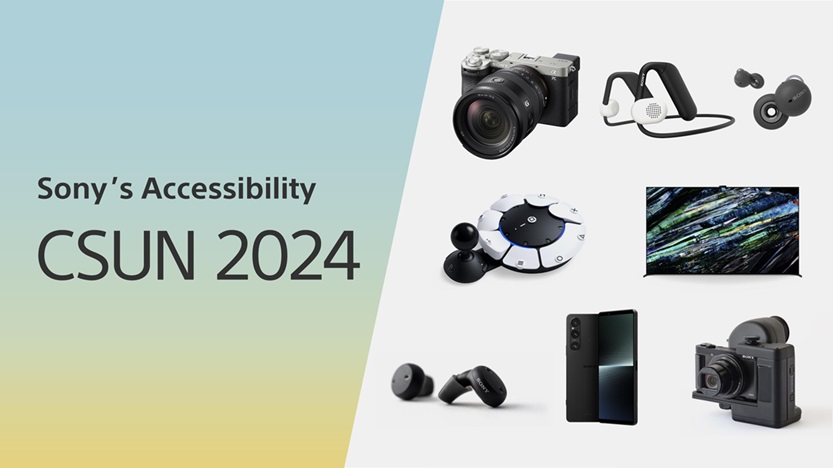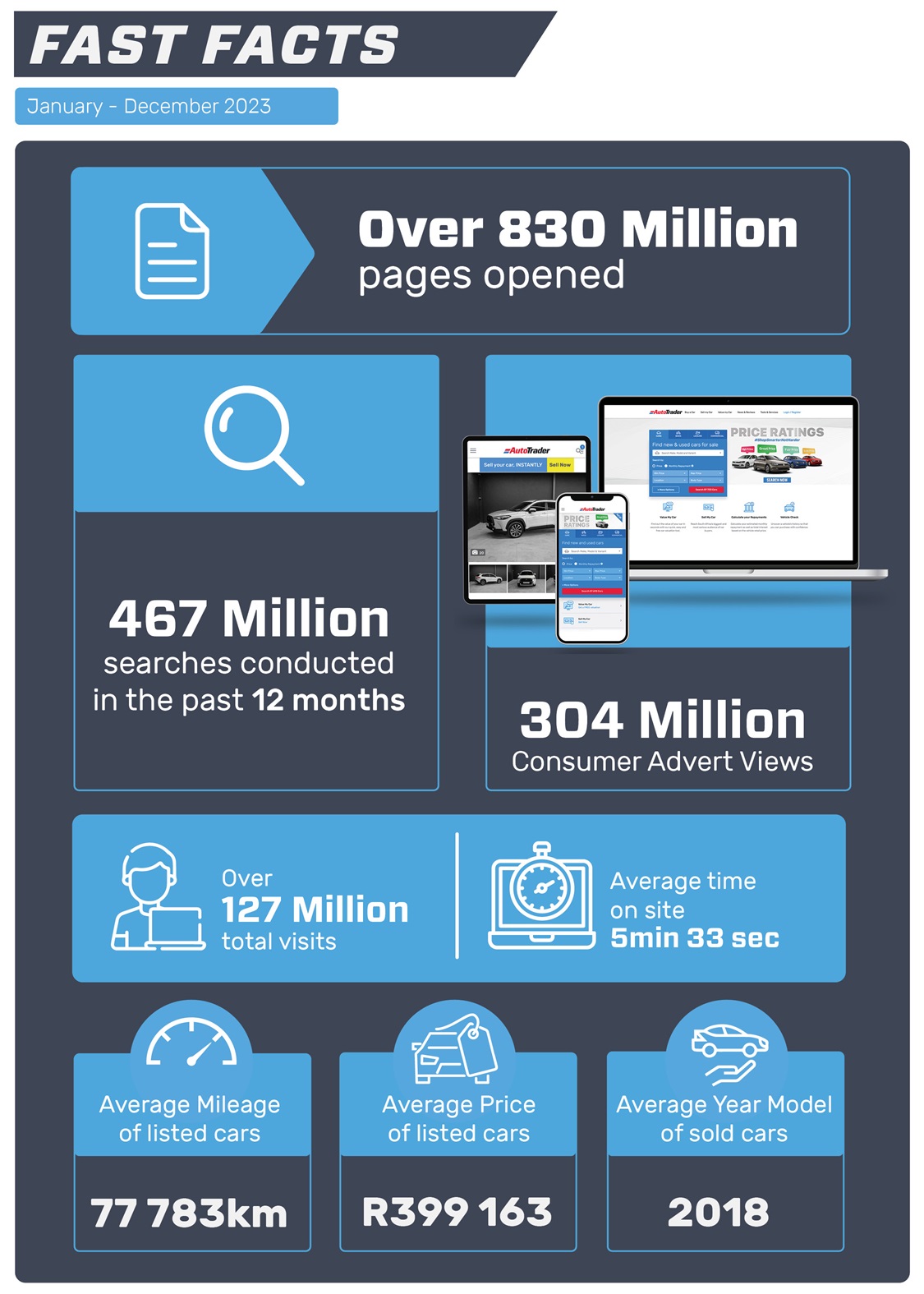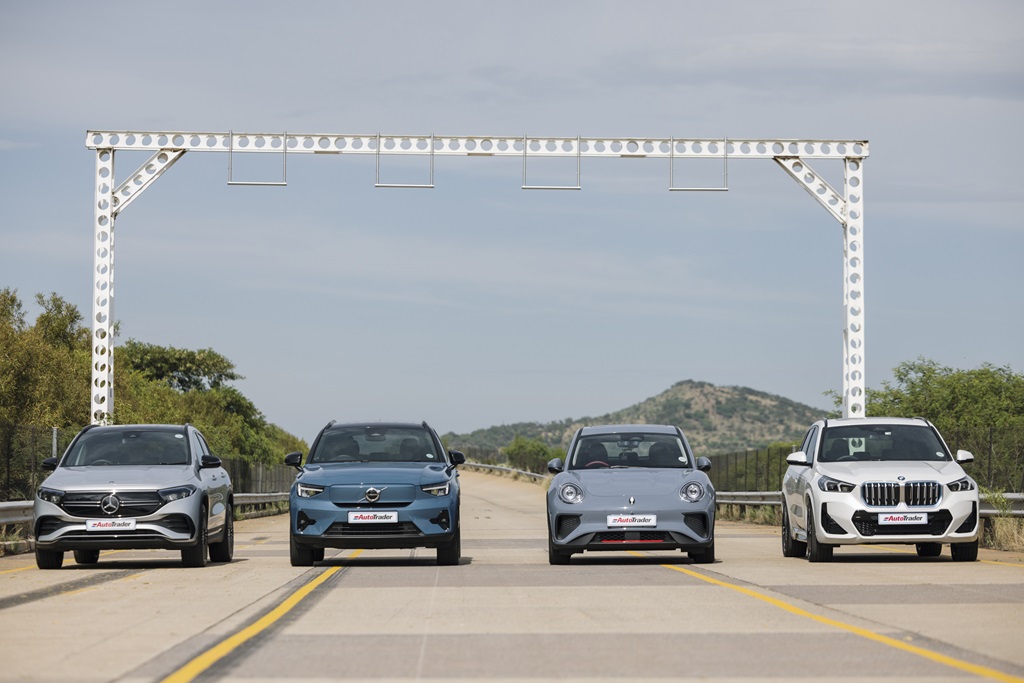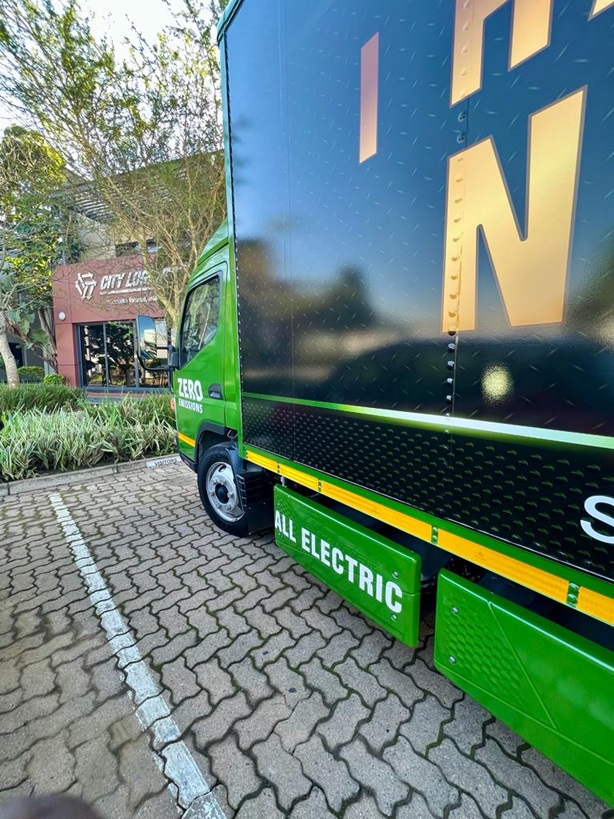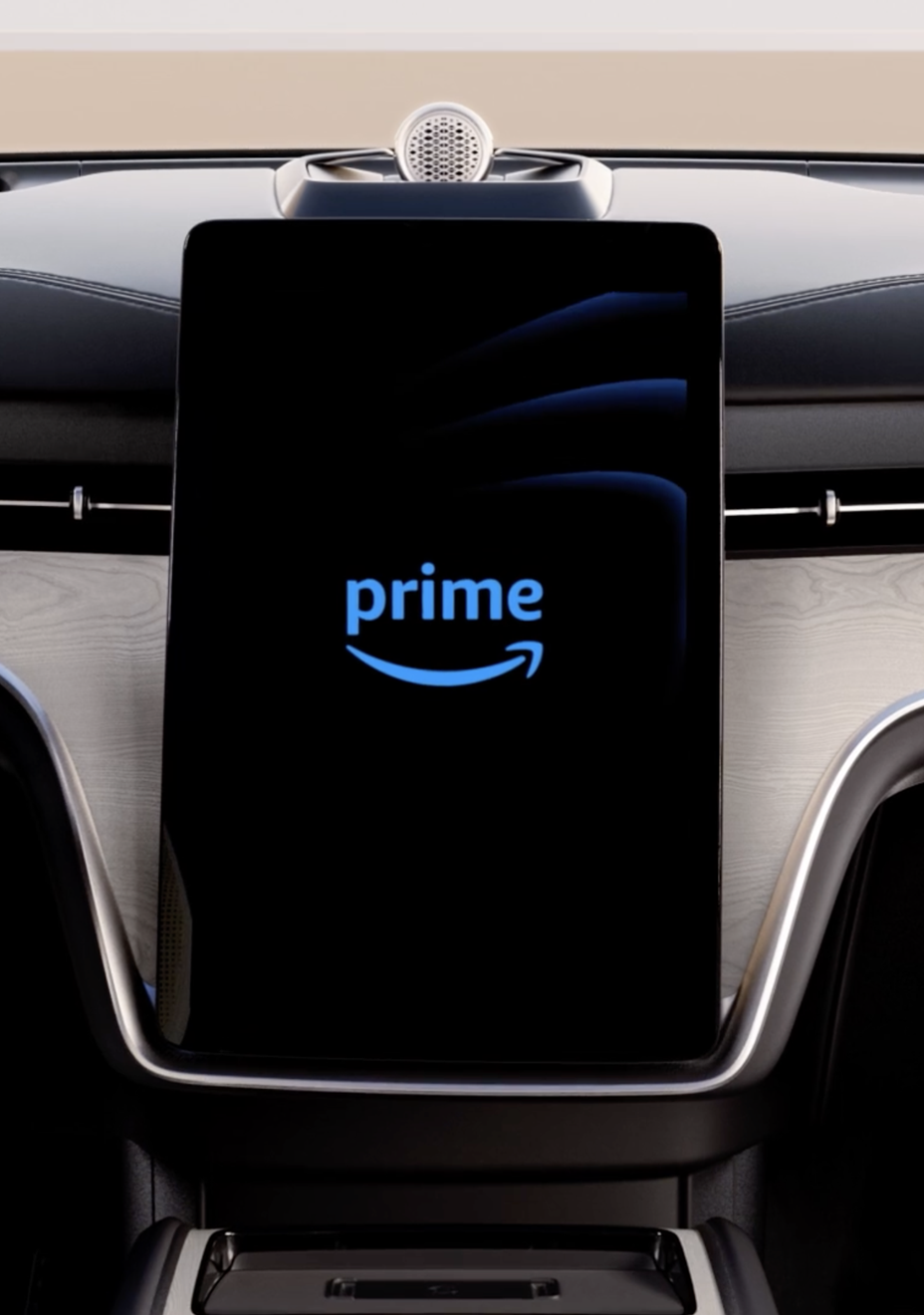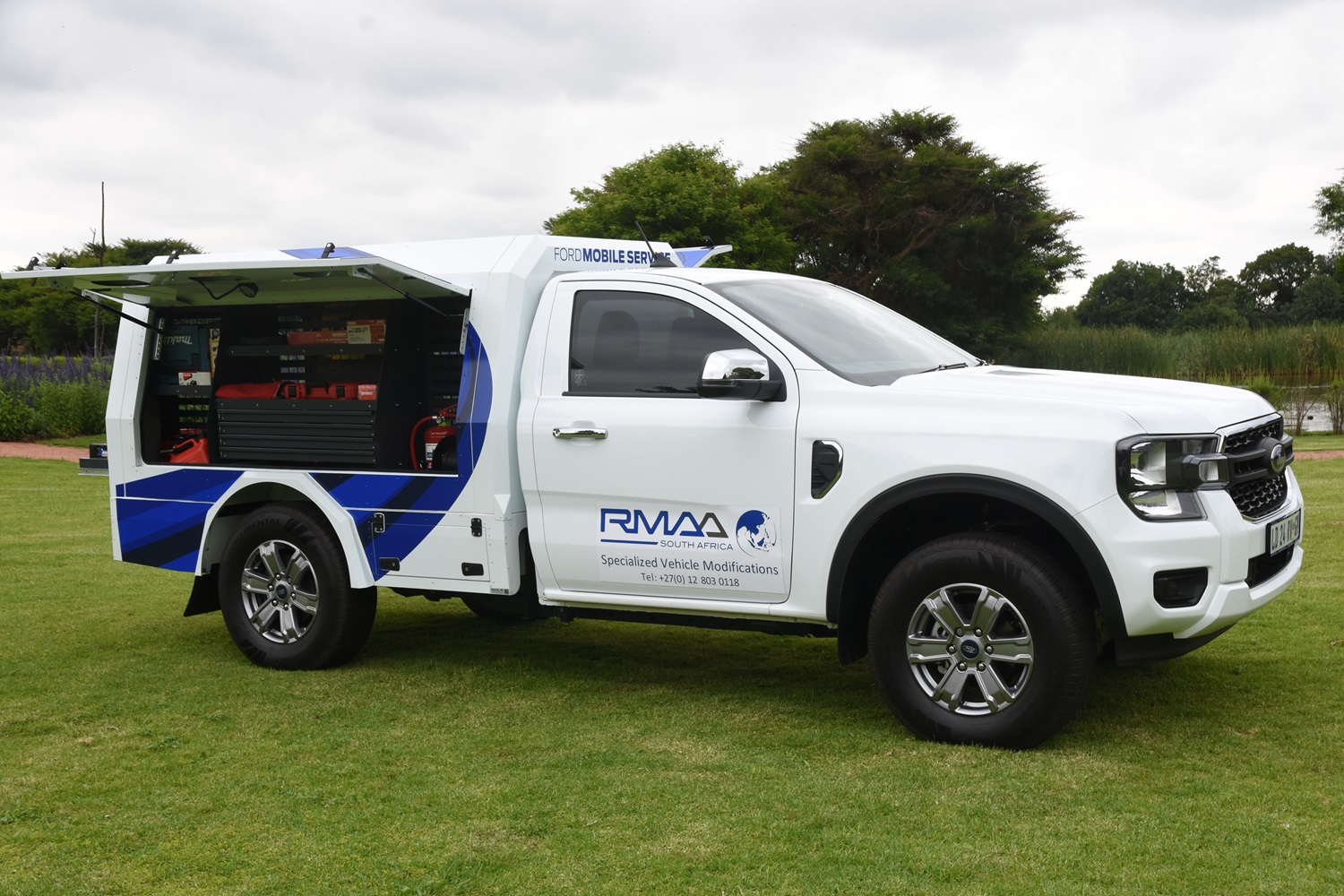This week two metro police offers were killed and a number of other people and officers were injured when a motorist crashed into a roadblock in Fourways. In another crash in December in KZN, five members of the same family were killed under similar circumstances.
While the motorist in the Fourways crash was believed to be three times over the legal blood alcohol level, hazards on the road are a regular occurrence. Whether it is a road block, crash scene or any other instance where cars are stationary on the road, drivers need to be prepared for this at any stage of a trip and can follow certain tips to keep themselves and others safe on the road.
The MD of MasterDrive, Eugene Herbert, provides some tips for motorists on how to best handle hazards in the middle of the road:
If you are driving a car
- It goes without saying that practicing defensive driving will be the best and most effective way to be aware of these hazards long before you have to stop your car.
- Drive looking 12 seconds ahead of your car, not just immediately in front of you.
- Slow down and do not race past the stationary vehicles on the road.
- When you do pass the hazard focus on the road and maneuvering safely past and avoid paying unnecessary attention to crashes and roadblocks.
- Keep an extra eye open for people around the hazard who might accidentally step into the road and give yourself extra room when passing.
- Watch the car behind you in case they are paying more attention to the happenings around them rather than to your car.
- Look out for oil or petrol spills which may make the road slippery.
- Give way to emergency vehicles.
- Look out for officials directing traffic and obey their instructions.
If you are the stationary vehicle
- If appropriate, place your warning triangle on the road an adequate distance away from your car and turn on your hazard lights.
- Be vigilant! Constantly watch the oncoming cars in case a motorist does not see you and you need to quickly move out of the way. You should never turn your back to the oncoming traffic.
- Where possible, identify an exit point in case you need it.
Herbert concludes: “We would like to express our deepest condolences to the families of the officers who were killed. It is a senseless tragedy where many families are left to suffer the consequences.”
Provided by MasterDrive




